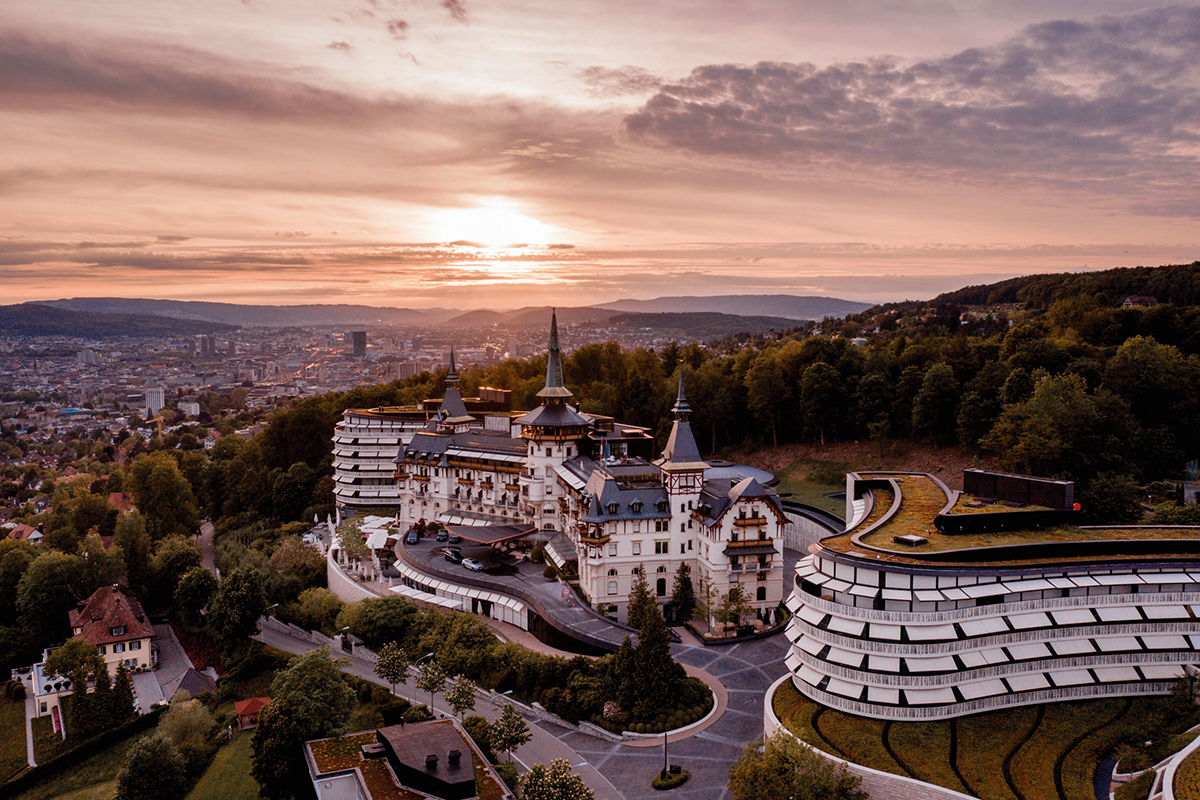
The Dolder Grand hotel with the city of Zurich beyond. Photograph by David Biedert
In the second edition of our four part luxury travel views column from our Summer 2021 issue, LUX editor-in-chief Darius Sanai discovers the rewards to be gained from combining business and pleasure at The Dolder Grand in Zurich
Zurich is a city to do business in, and another city with much more to offer than business. I could spend three days in the Kunsthaus museum alone, as well as (in normal times) the thoughtful shows in the Kunsthalle.
In corona times, business trips have fewer long meetings and meals (and in many cases, amen to that), meaning longer intervals in the places you’re visiting, particularly when juggling more than one client.
Follow LUX on Instagram: luxthemagazine
Anticipating this, and a lot of downtime at the hotel, I booked into The Dolder Grand. Zurich’s ‘city resort’ hotel has gained a spectacular reputation since it reopened after a long slumber, in 2008. It is located near the top of a hillside above the city, about 10 minutes by car or funicular from the city centre (though the bottom station of the funicular isn’t strictly in the centre of the city). On a golden summer’s day, arrival at the hotel is a tonic. You are in a semi-residential, semi-forested area high above the city, with dramatic views across Lake Zurich to the faraway crest of the high Alps.
The hotel itself was rebuilt by Norman Foster for its grand reopening, and the notable and spectacular are everywhere in the blend of classic and modern, particularly in the artworks literally strewn around the premises.
Contemporary art and design are in the hotel’s DNA; one of the restaurants was designed by Rolf Sachs, the artist/designer son of tycoon Gunter Sachs, both St Moritz royalty.
My junior suite deluxe was pure Norman Foster-meets-One Hyde Park (he designed that, too). Floor-to-ceiling windows with black frames, balcony with black railings with a view across the lake. Sofa the shape of an amoeba, copper bowls with flowers, Mojave sand-coloured carpets with a similar amoeba swirl effect. The bath was strategically placed by the window with a view out into the forest.
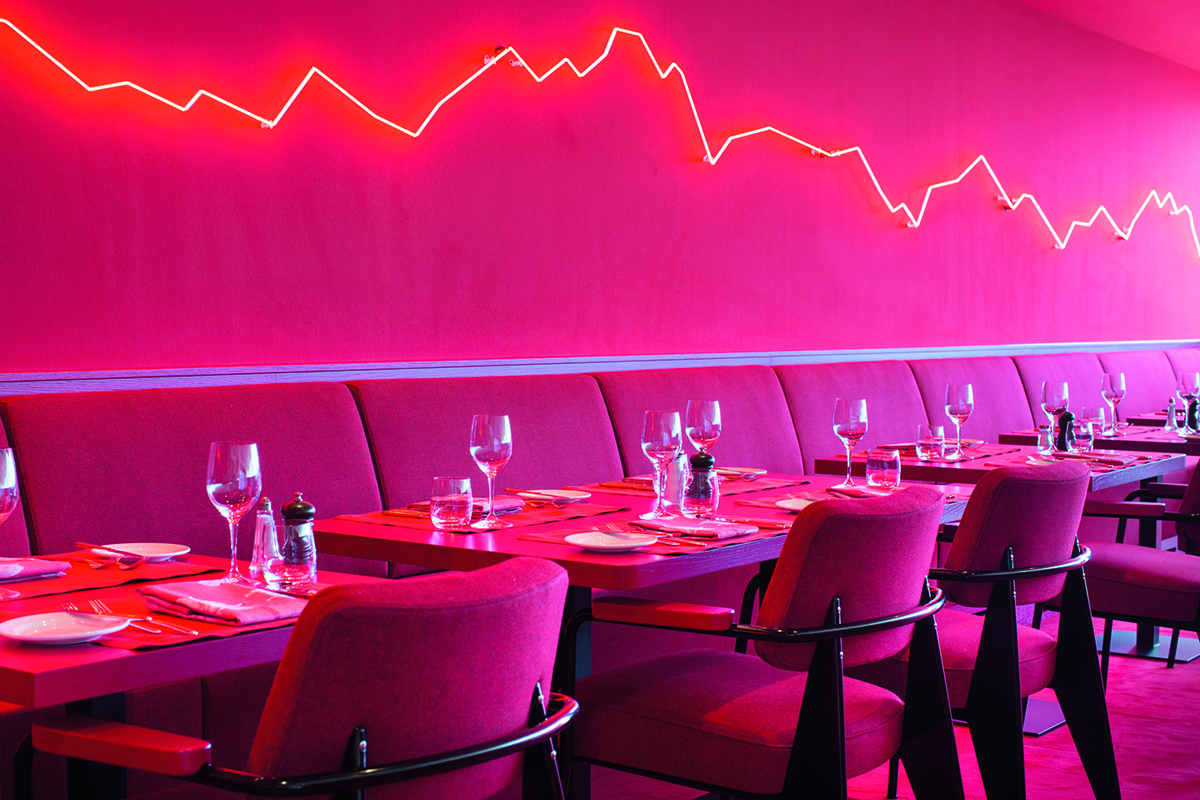
Restaurant Saltz at The Dolder Grand in Zurich, with the Fauteuil Direction chair, designed by Jean Prouvé in 1939
That evening I chose to dine on the hotel’s extensive terrace. Seeing the colours of the city, lake and mountains change as the day ended was quite an experience, even without the food and the crisp yet lucid chardonnay from the Bündner Herrschaft beyond the lake.
The cuisine was served from Saltz and looked suitably experimental. What, for example, were Swiss dumplings (chicken, salmon, pork belly, ratatouille and roasted cauliflower), I wondered? My waiter told me that they were a take on dim sum, not incarnations of the dumpy European versions. He was right: they were fragrant, vibrant, wonderful, a reinvention of dim sum using local ingredients but respectful of the original and their paper-thin encasing.
Read more: Product designer Tord Boontje on sustainable materials
Chestnut tagliatelle with wild mushrooms and tubers was earthy and genuine. It’s a casual menu, and you can pick from a variety of simple grills and add side dishes and sauces, like creamed spinach with poached quail egg, chilli soy Romanesco, chimichurri, or cognac green pepper jus. No dictatorship of the chef here.
My next day’s meeting was early, but I had to take advantage of our hotel’s pool. Clad with dark stone, it is a welcome addition to a city-centre hotel. It is rare to leave a hotel more culturally enlightened than when you arrived, but The Dolder Grand is one of those places. Not branding itself an art hotel (perish the thought), it is a contemporary cultural institution wrapped into a spectacular luxury hotel.
Find out more: thedoldergrand.com
This article was originally published in the Summer 2021 issue.

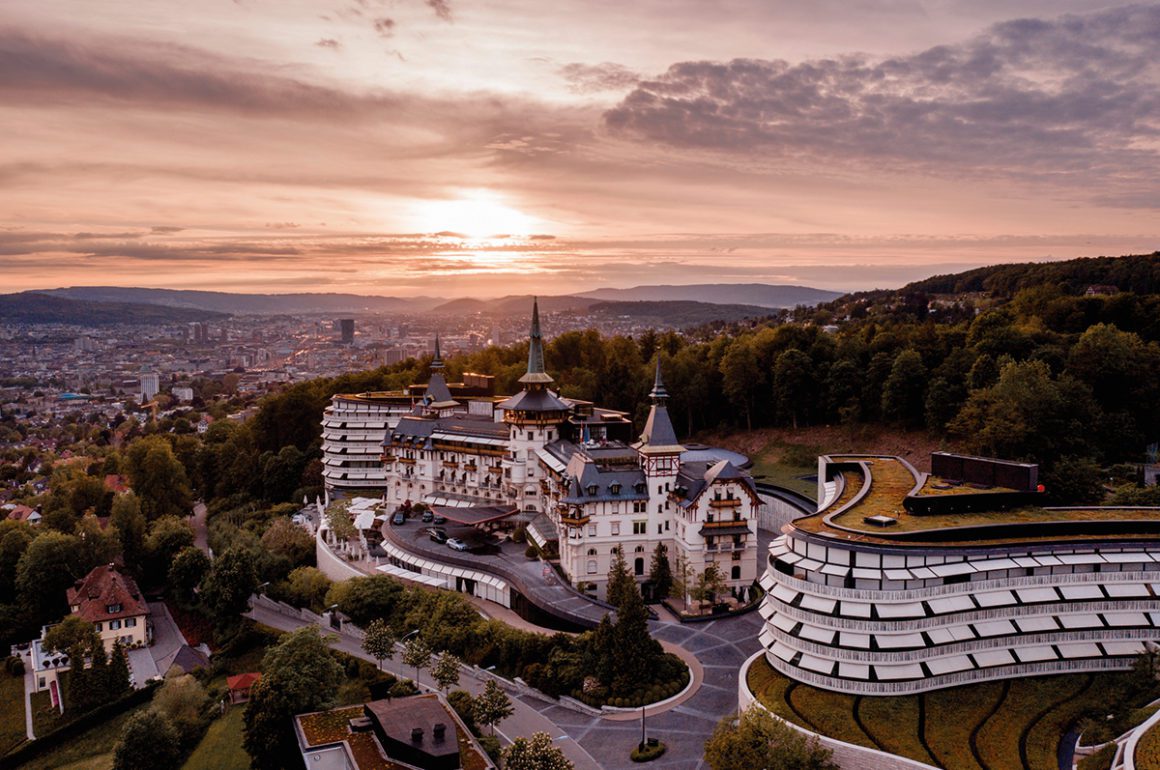
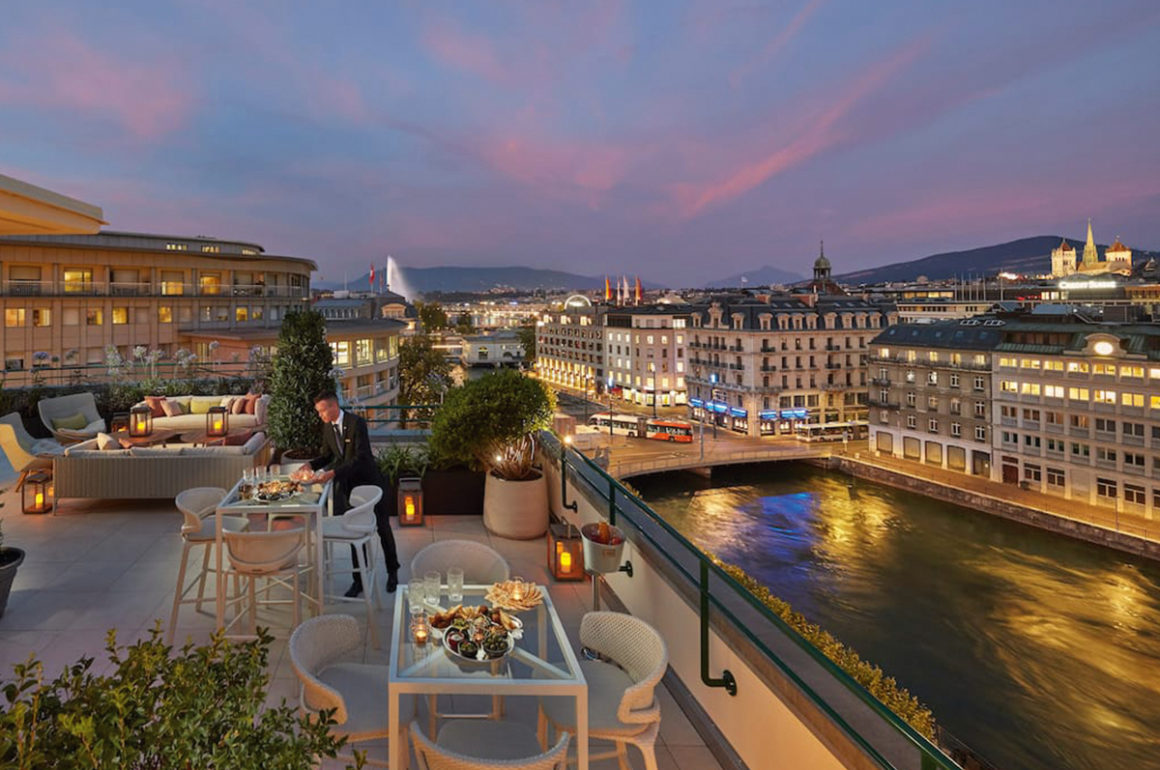
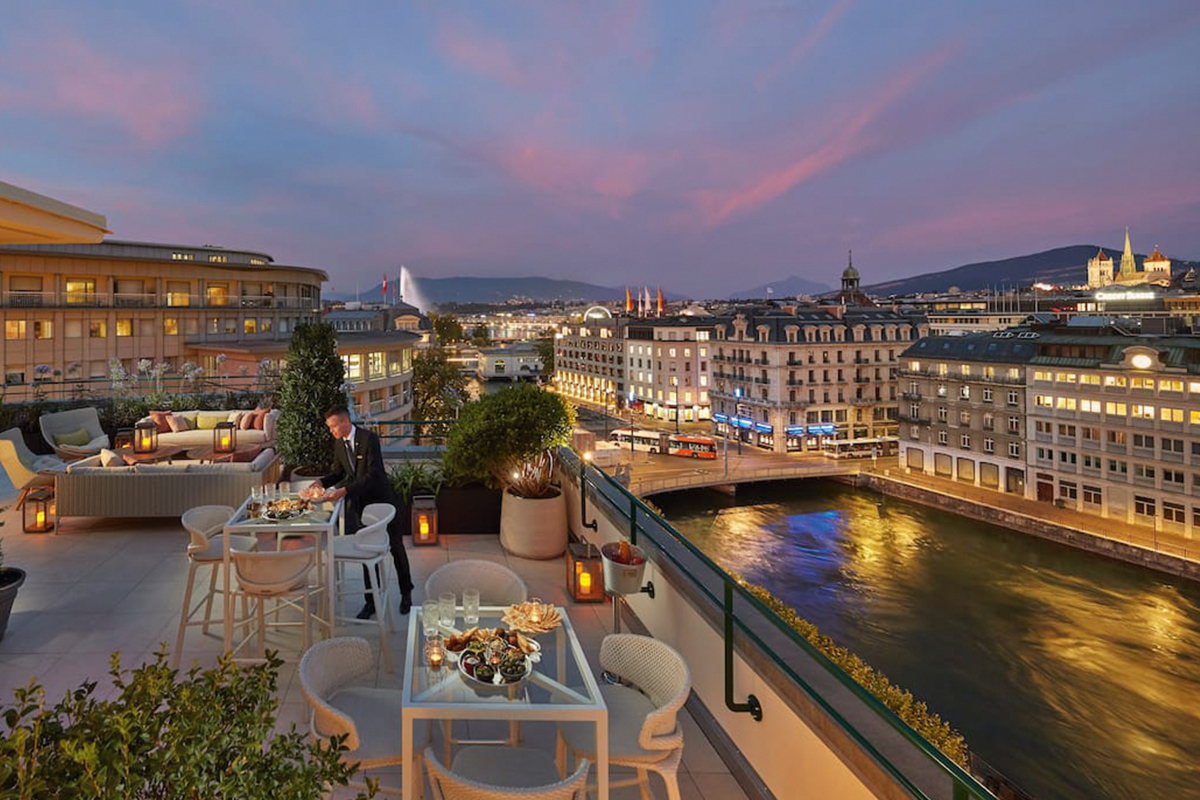
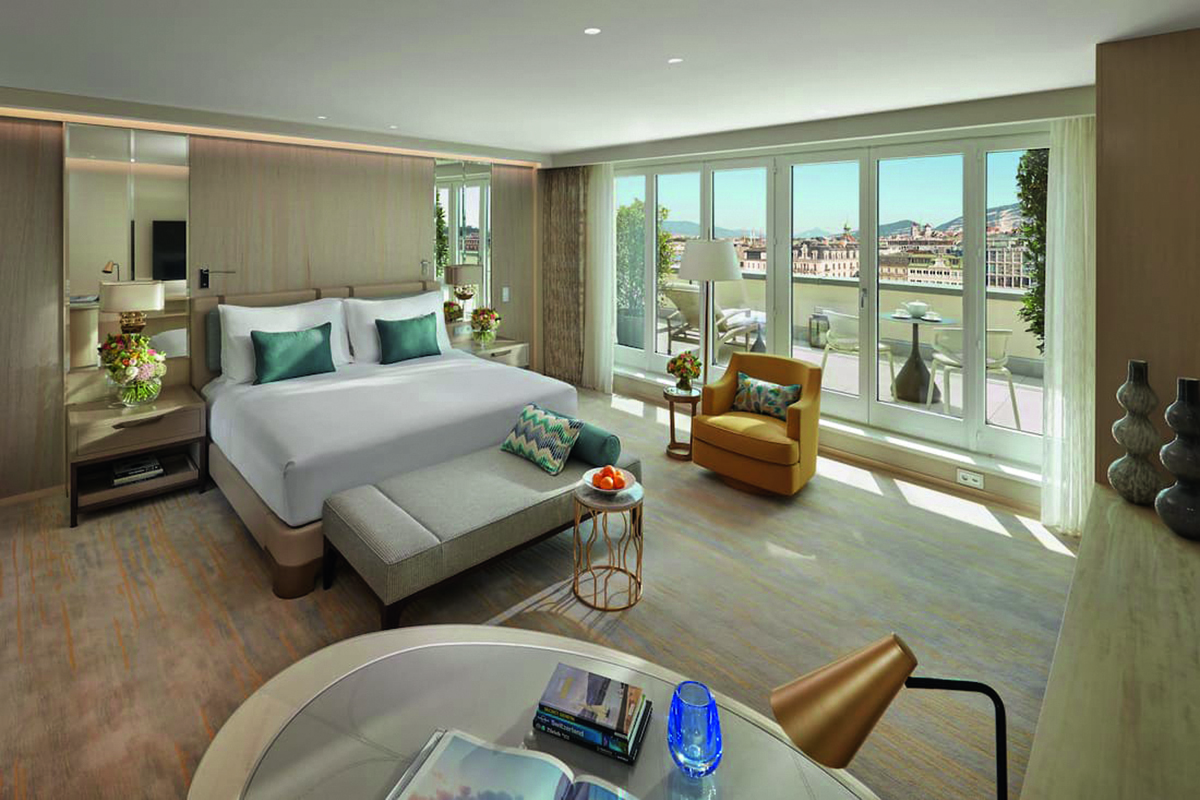
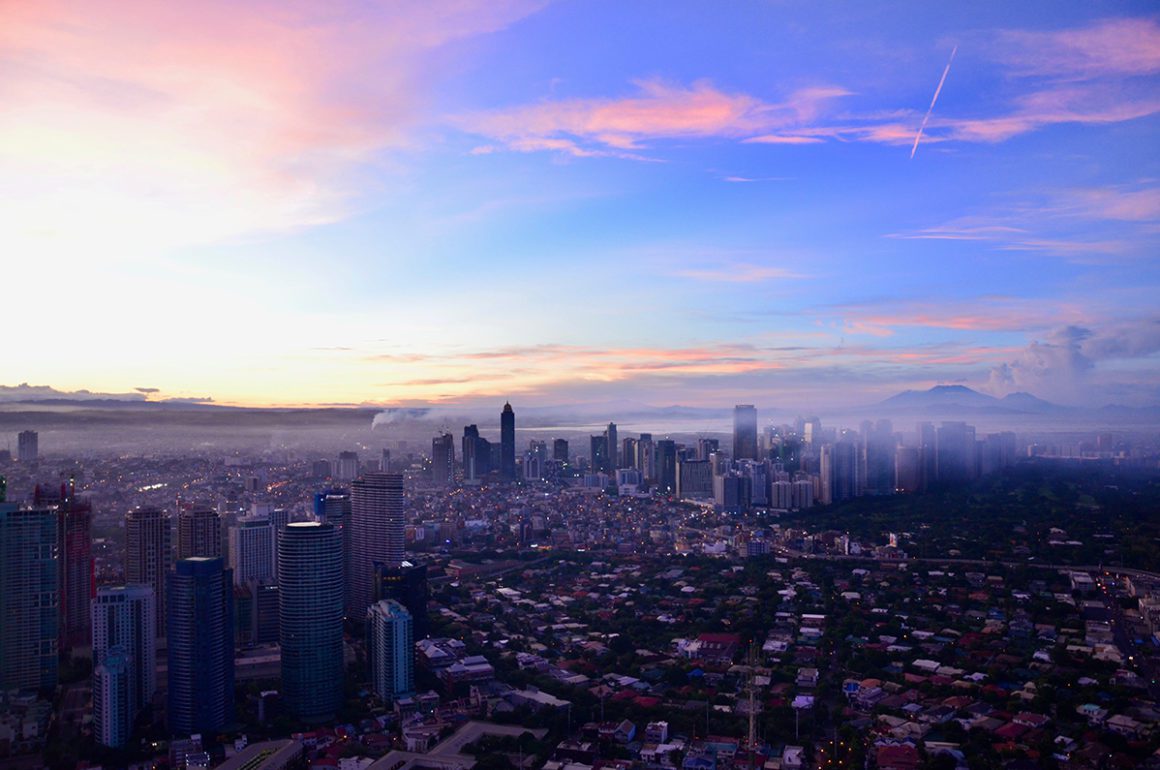
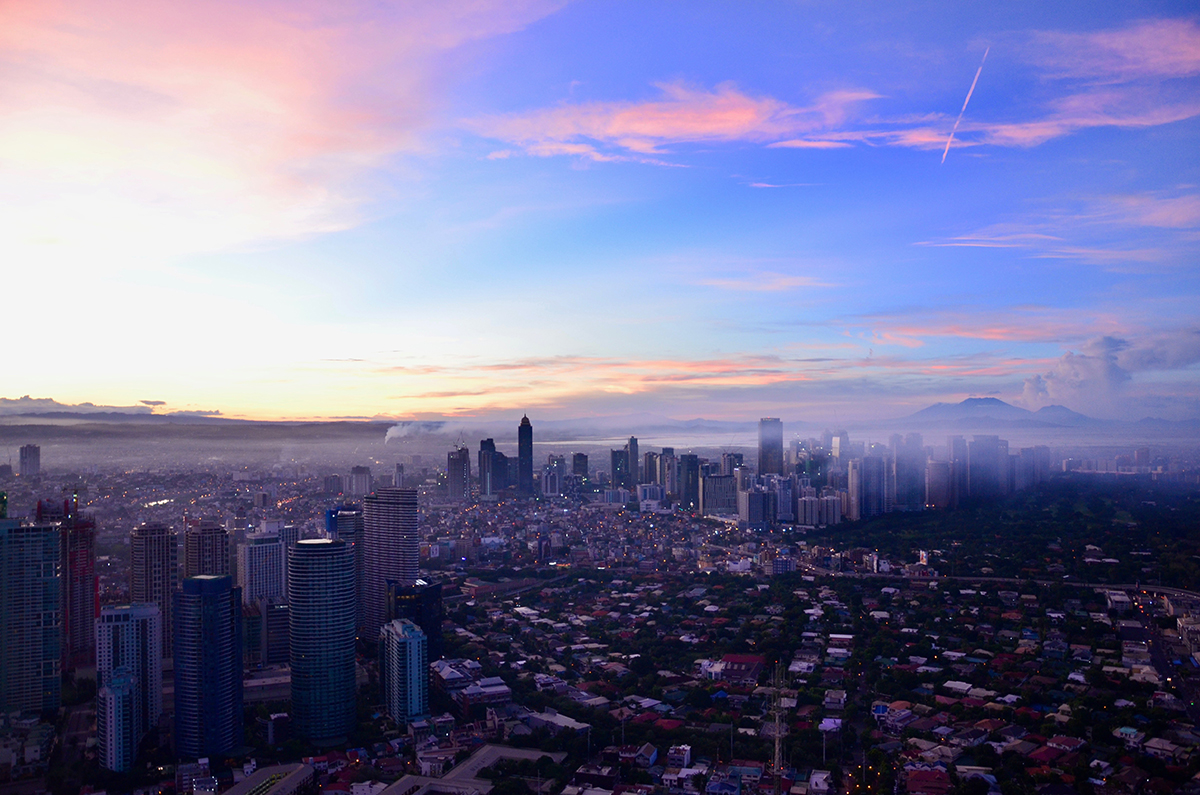
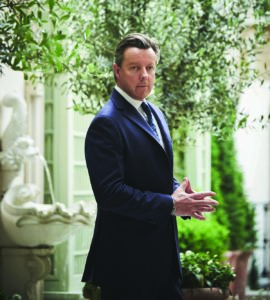
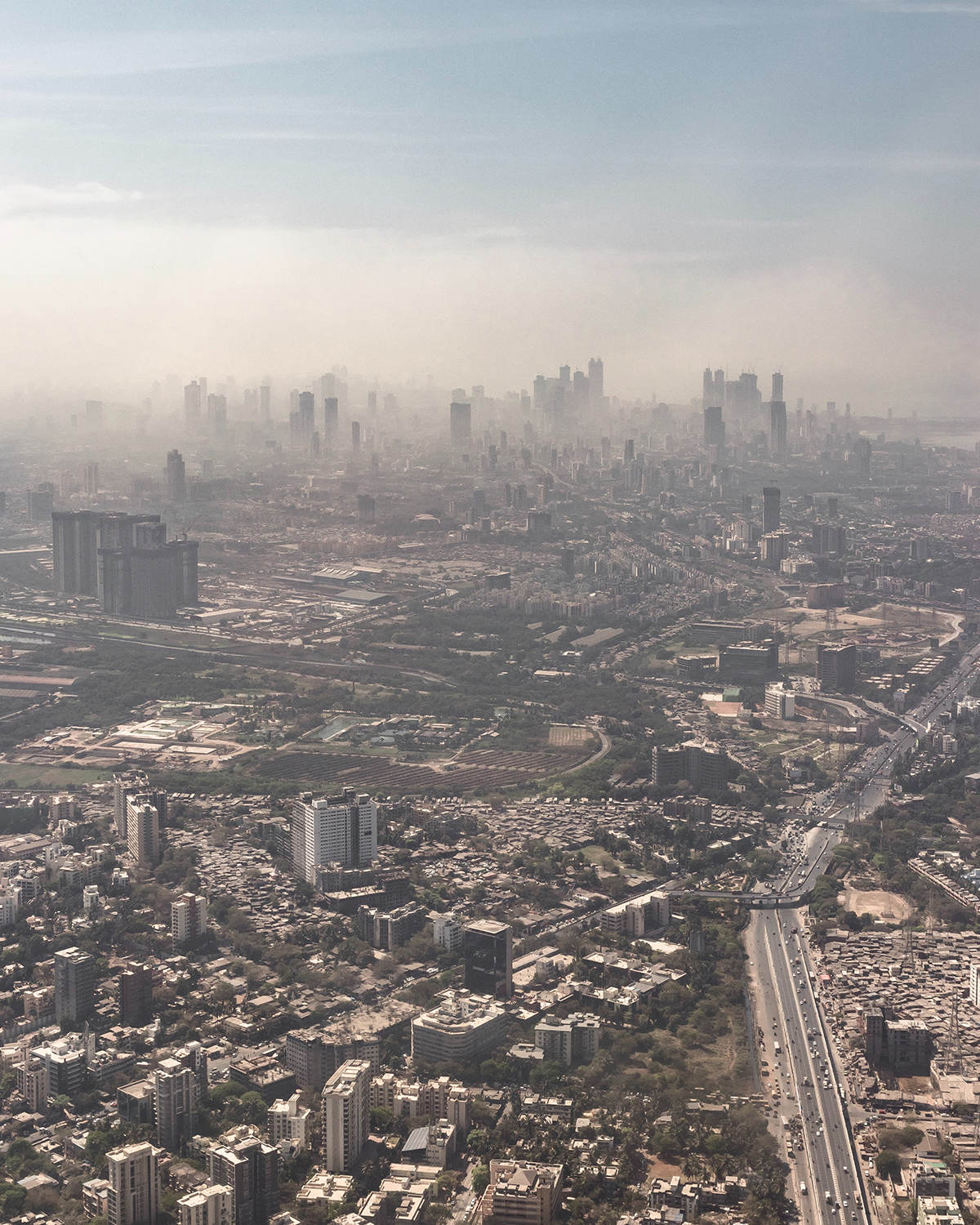
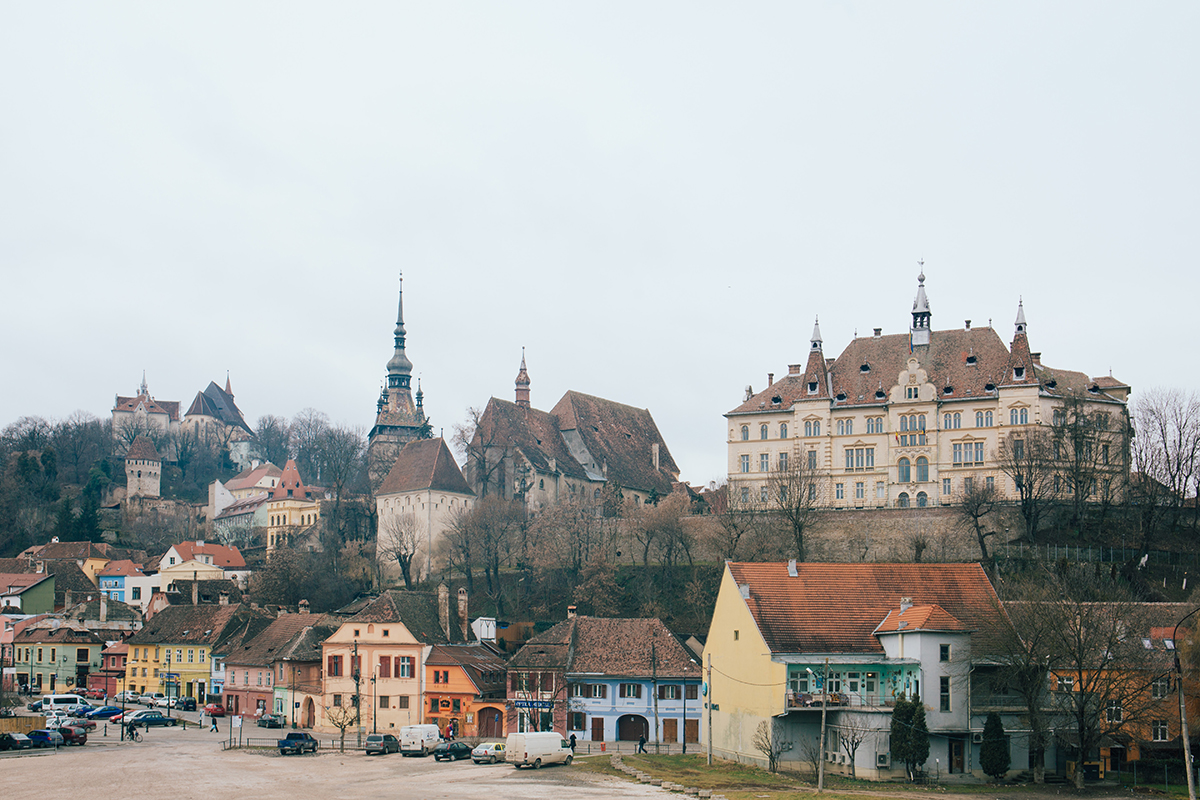
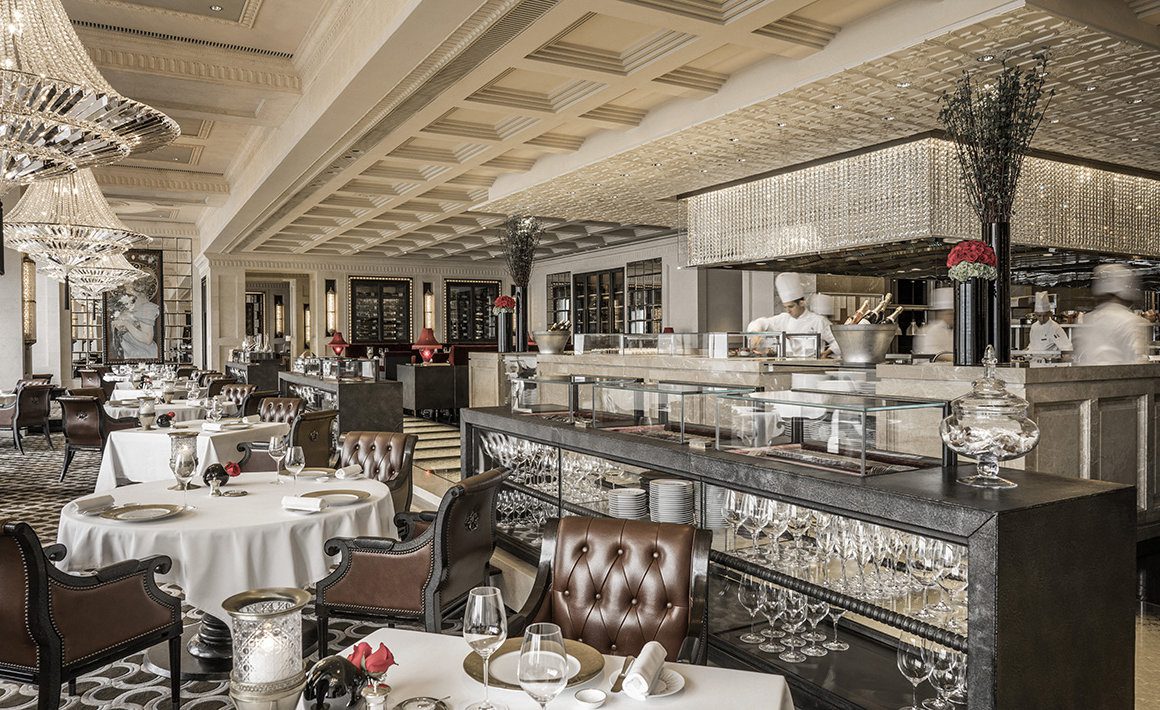
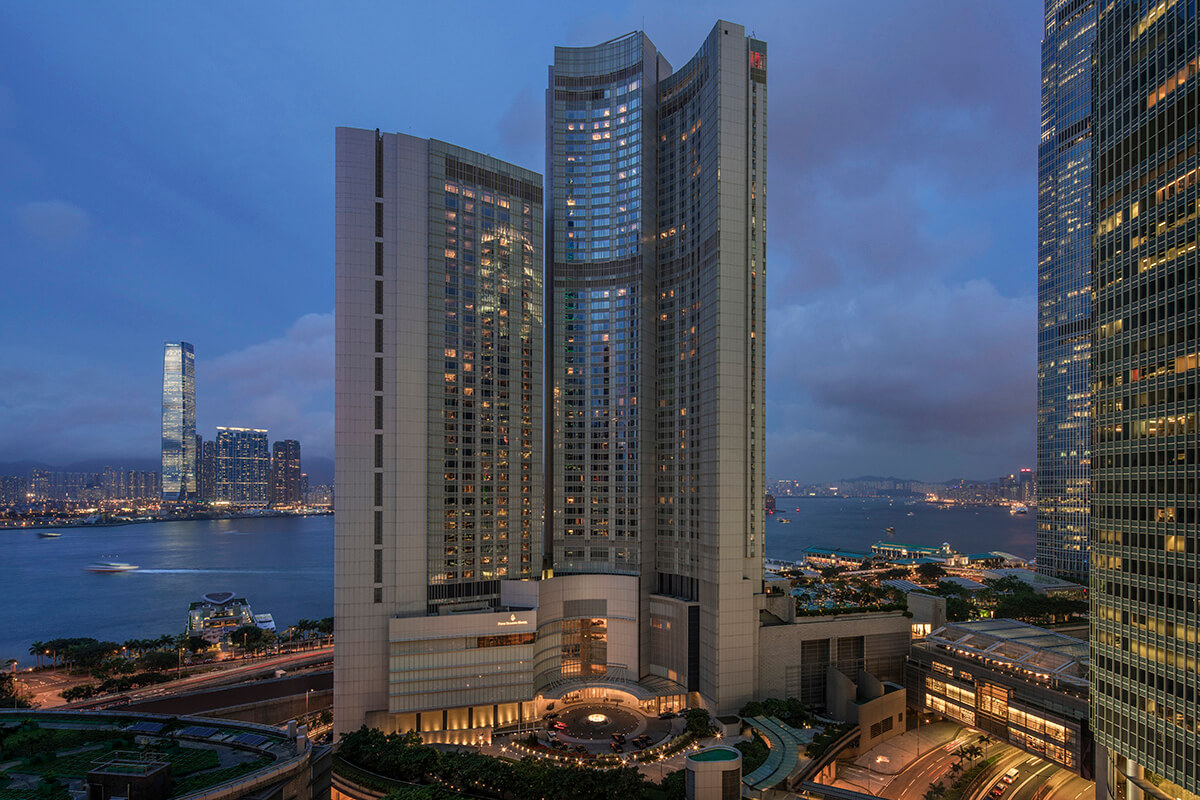
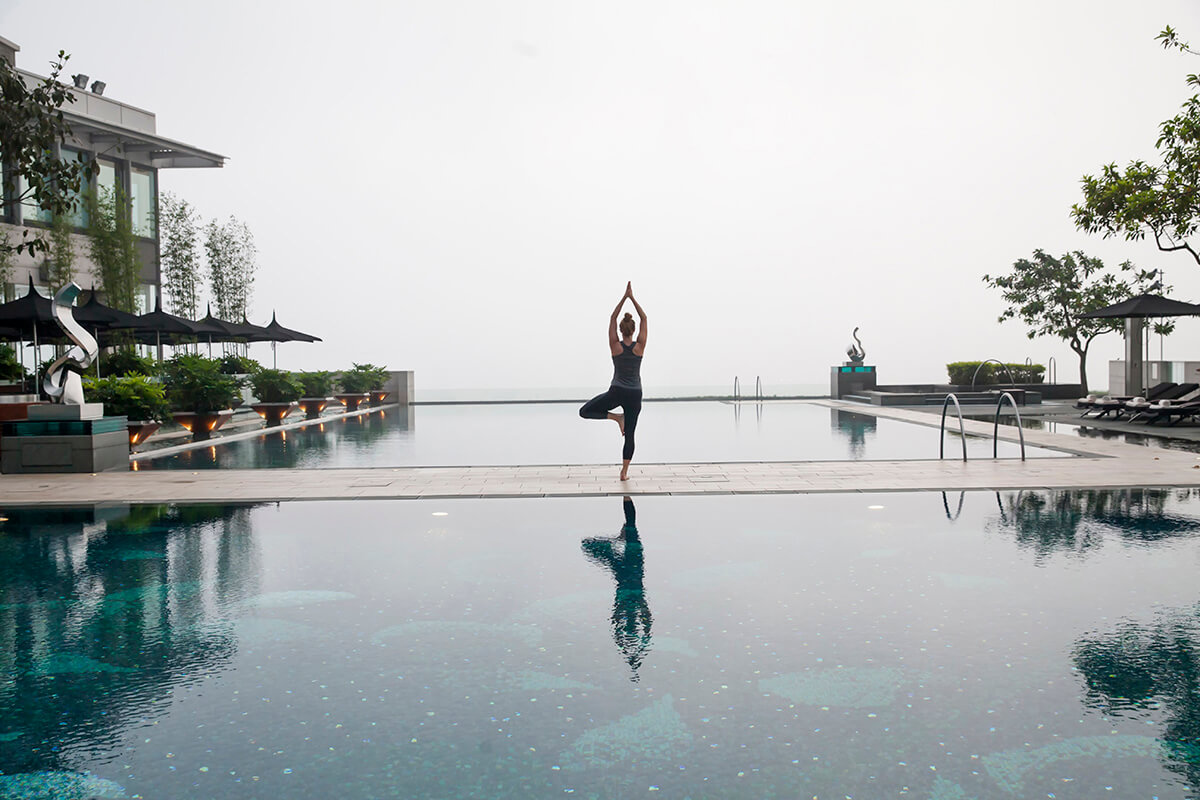
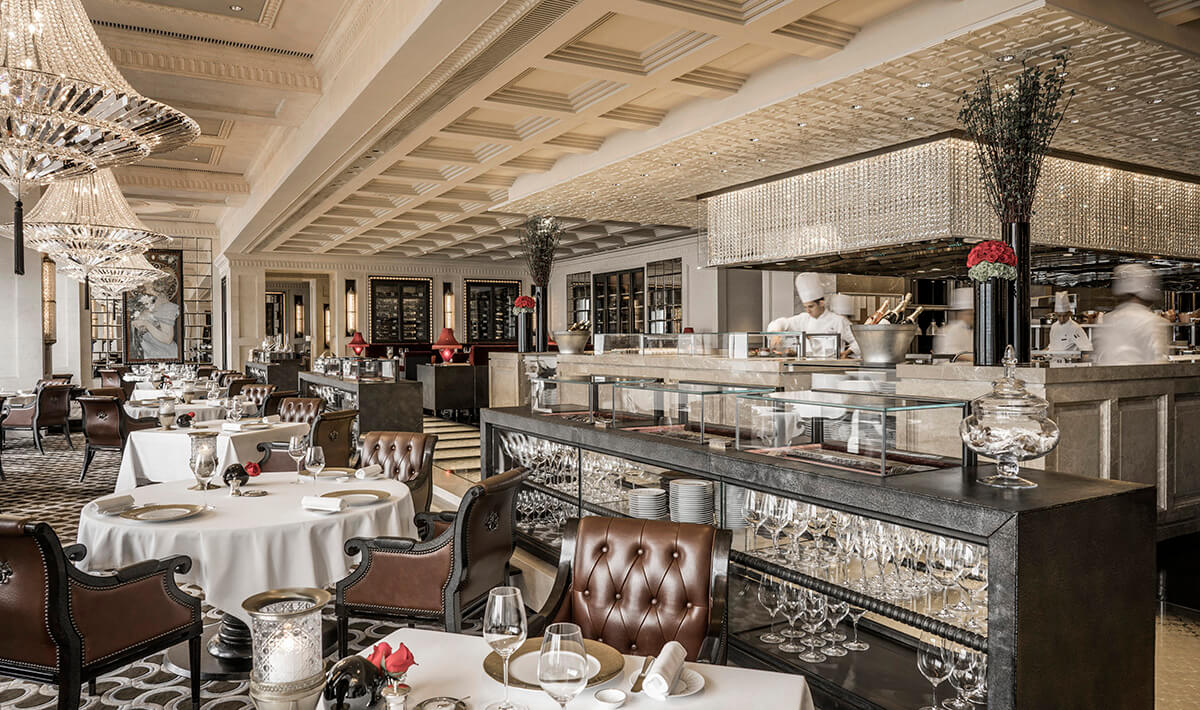
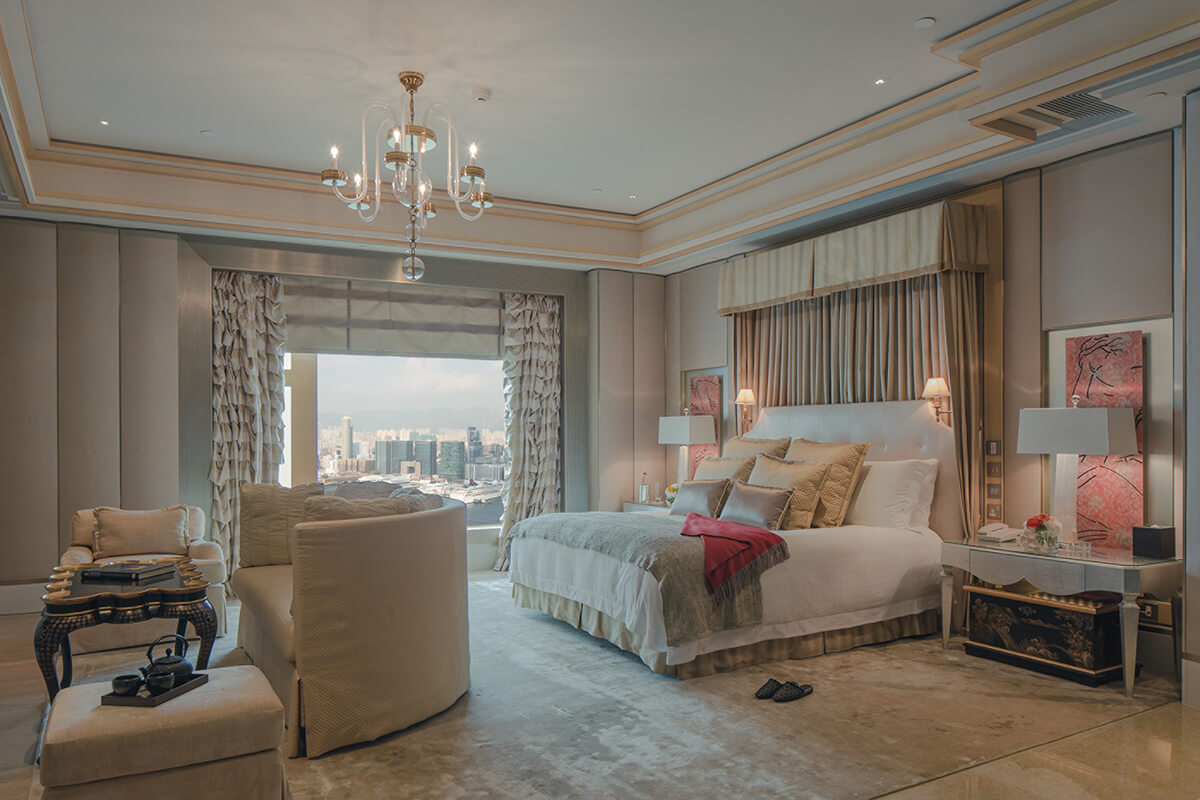





Recent Comments